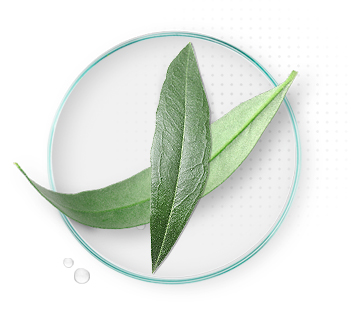Agrochemical
Nutritional Diagnosis

It is the best method of assessing the nutritional condition of the olive grove.
Using our interpretation system we can understand it throughout the year.
Advantages:
- Knowing the nutritional condition any time of year. Mainly in the period vegetative stop and postharvest.
- Identifing nutritional excesses or deficiencies and which nutrients limit the vegetative development and production.
- Verifing the visual sythoms diagnosis and evaluting the results of fertilization treatments.
- Detecting potential toxicities from chlorine, boron and sodium.
- Recommending balanced fertilization treatments.
Analytical parameters:
- Basic: Nitrogen – Phosphorus – Potassium – Calcium – Magnesium – Manganese – Zinc – Boron.
- Advanced: Nitrogen – Phosphorus – Potassium – Calcium – Magnesium – Manganese – Zinc – Boron – Sulfur + Chlorophylls.
-
Sulfur and Chlorophylls provide more information about the nutritional condition of olive groves.


Soil fertility

This type of analysis helps to understand the fertility and quality of the soil.
Advantages:
- Finding out the agronomic, nutritional and habitability characteristics of the soil.
- Detecting which nutrients affect tree growth. Additionally, identifing the limiting factors that affect the olive grove’s production.
- Verifing the visual sythoms diagnosis and evaluating the result of fertilization treatments.
- Recommending the appropriate action to improve the fertility according to the type of soil.
Analytical parameters:
- pH – C.E. (Electrical Conductivity) – Texture – Total Limestone – Active Limestone – Organic Matter – Phosphorus – Carbonates – Bicarbonates – Chlorides – Boron extract (B) – Extract Cations (Ca, Mg, K, Na) – Cation Exchange Capacity (CEC) – Exchangeable Sodium Percentage (ESP) – Exchangeable Cations (Ca, Mg, K, Na)
Water quality

An essential analysis to measure water quality and its suitability for irrigation.
Advantages:
- Identifing the water composition and understanding its physicochemical quality.
- Determining its suitability for irrigation and fertigation.
- Checking how water quality affects the soil and the physiological and phytosanitary conditions of the olive grove.
- Detecting toxicity levels that may harm the soil and production.
- Assessing the elements that can improve water quality for use in fertigation.
Analytical parameters:
pH – C.E. (Electrical Conductivity) – Total Salts – Total Hardness Carbonates – Bicarbonates – Calcium – Magnesium – Sodium – Potassium – Chlorides – Sulphates – Nitrates – Boron – Sodium Adsorption Ratio (SAR) – Residual Sodium Sarbonate (RSC).


